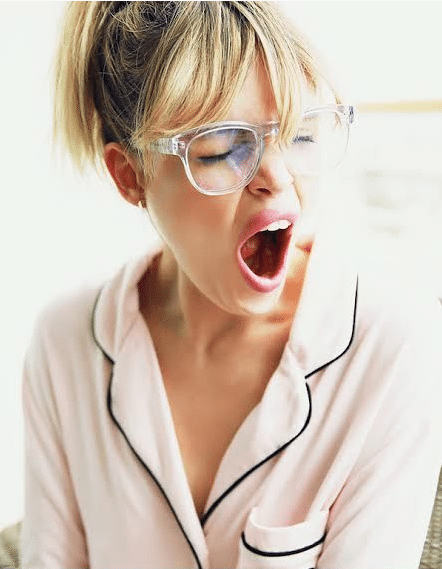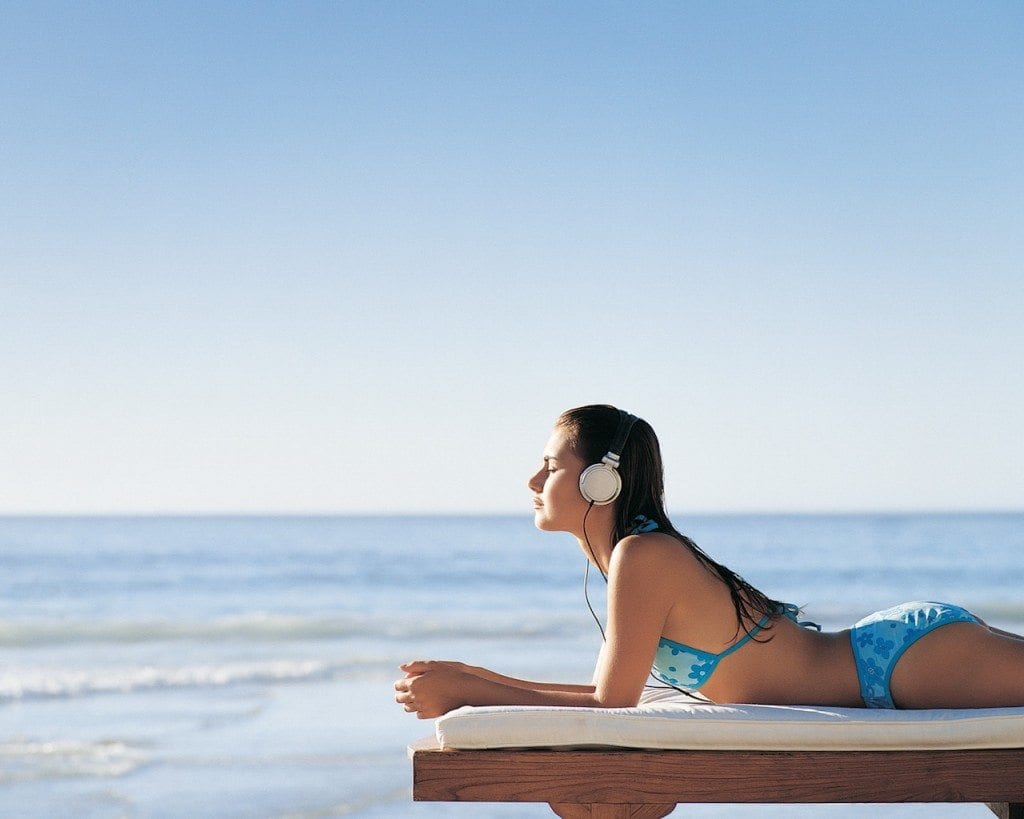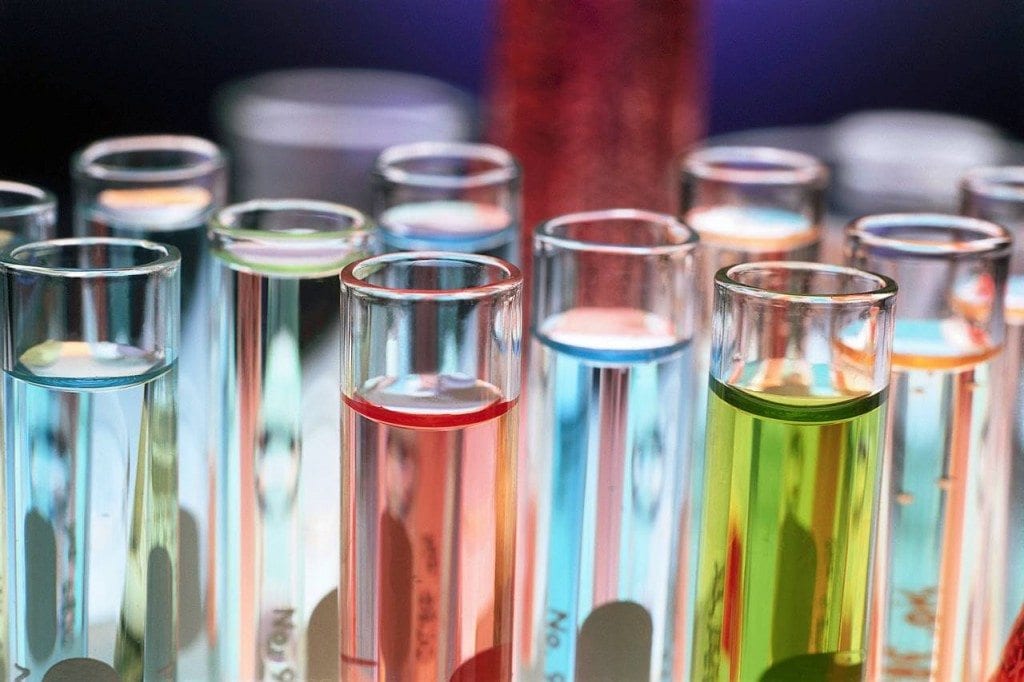Waking up looking refreshed requires more than just the absence of under eye darkness or puffiness, the skin tells the story. The restorative power of sleep is vital for rejuvenating and repairing the skin and is controlled by the hormone melatonin. Melatonin production increases and peaks around 2am, so applying a night cream before bed enhances your skin’s ability to rest and reset. While the myths around the material of your pillow case and drinking lots of water before bed, send people running to Bed Bath and Beyond and the bathroom, choosing the appropriate night cream and using it is the best defense. Wearing anti-aging products at night allows skin to absorb all the nutrients and ingredients while being in a relaxed state. During the nighttime hours, the skin springs into action to repair itself and get back
into balance through a restorative and renewal process.
Treating the skin with the appropriate ingredients is as important as getting the sleep itself. The most potent anti-aging ingredients to look for in a night cream include: Retinoids, Peptides and Melatonin. The efficacy of melatonin as a topical agent offers a promising avenue to enhance the skin’s nightly repair cycle. Retinoids attack hyper pigmentation, fine lines and wrinkles and skin tone, while peptides encourage skin cell growth and collagen production.
As melatonin levels decline with age, only minuscule amounts of the small quantities produced by those suffering from sleep problems actually reach the skin. Fortunately, going straight to the source and applying melatonin directly to the skin will allow those suffering from insomnia to benefit from its rejuvenating powers, not only for restoring the appearance and texture of skin, but also in getting a good night’s sleep. Melatonin plays a key role in rejuvenating skin by stimulating the growth of major skin cells such as keratinocytes and fibroblasts. Fibroblasts produce the essential proteins collagen and elastin, which provide structural support for the skin. Melatonin has also been shown to be effective against skin aging. It has powerful antioxidant properties by quenching mainly hydroxyl radicals, the most damaging of all radicals.
Retinoids, a derivative of Vitamin A, work by stimulating skin to generate collagen and hyaluronic acid, increase radiance by reducing pore size and safely exfoliating the skin and increase cell turnover which decreases the appearance of hyper pigmentation.
Peptides are made up of a string of amino acids held together by tough bonds of nitrogen and carbon that act as messengers to send out signals which tell the receptors on your skin cells how they should perform. A few of the most beneficial peptides include palmitoyl pentapeptide-3, which is a peptide that triggers a natural heal-and-repair response that stimulates the development of collagen and elastin, encourages new fibroblast growth, and increases the production of skin cells. Acetyl hexapeptide-3 is a powerful wrinkle-reducing peptide that works by hindering a signal protein called catecholamine that triggers muscle contraction, thereby relaxing your facial muscles.
Choose the correct night cream and you will wake up looking like you got 10 hours asleep instead of 6.




